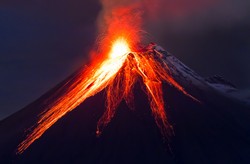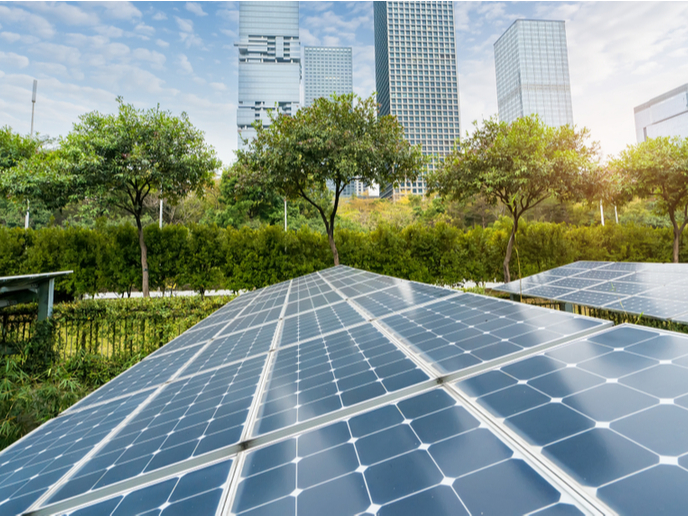Why volcanoes erupt
Volcanoes are unpredictable, and threaten many large population centres. Difficulties with forecasting directly relate to the lack of knowledge about how volcanoes work. The EU-funded VOLDIES (Dynamics of volcanoes and their impact on the environment and society) project developed and applied a major advancement in the subject. Results indicate that volcanic magma accumulates slowly, forming layers of molten rock and gas. The layers build up during dormancy, and eruptions result from their rapid destabilisation. The new theory explains eruption triggers and predicts volcano behaviour during eruption. The theory also explains the formation of volcanic conduits and vents, and their role in eruptions. The project created a global database. The resource helped researchers compare eruption size and frequency. Researchers developed new approaches to assessing volcanic hazards, applied to three recent emergencies. Cases covered the Monserrat eruption of 2012, the European aviation crisis resulting from the Icelandic eruption of 2010-2011, and the Santorini volcanic activity of 2011-2012. In each case, VOLDIES personnel contributed important analyses and/or helped advise authorities about risk. The team also led the development of regional and global assessments of volcano risk for both the World Bank (WB) and the United Nations (UN). VOLDIES' new theory of volcanic eruption mechanisms aids in forecasting and emergency planning. The result potentially means greater safety for the millions of people living with volcanic threats.







